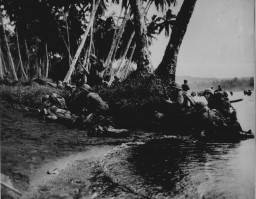You searched for: 多语言出海源码快速搭建【TG���������@EK7676】平台包网搭建多语言出海源码快速搭建【TG���������@EK7676】平台包网搭建7vRFr6mSpk
<< Previous | Displaying results 11-20 of 245 for "多语言出海源码快速搭建【TG���������@EK7676】平台包网搭建多语言出海源码快速搭建【TG���������@EK7676】平台包网搭建7vRFr6mSpk" | Next >>
-
Soviet soldiers in defeated Berlin
PhotoSoviet soldiers in a street in the Soviet occupation zone of Berlin following the defeat of Germany. Berlin, Germany, after May 7, 1945.
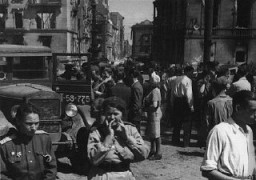
-
Remilitarization of the Rhineland
PhotoDuring the remilitarization of the Rhineland, German civilians salute German forces crossing the Rhine River in open violation of the Treaty of Versailles. Mainz, Germany, March 7, 1936.
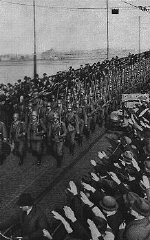
-
An anti-Masonic exhibition at a Berlin museum
PhotoPhotograph of a display entitled "British Freemasonry." It appeared in an anti-Masonic exhibition at a Berlin museum. Germany, March 7, 1941.
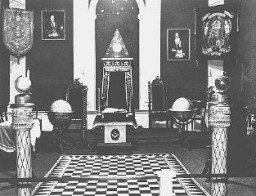
-
Killing Center Revolts
ArticleUnder the most adverse conditions, prisoners initiated revolts in killing centers. Learn more about prisoner uprisings in Treblinka, Sobibor, and Auschwitz.
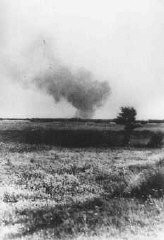
-
1945: Key Dates
ArticleExplore a timeline of key events during 1945 in the history of Nazi Germany, World War II, the Holocaust, and liberation and the aftermath of the Holocaust.
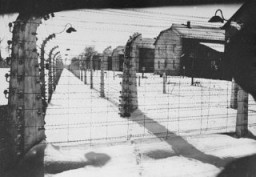
-
Pearl Harbor
ArticleJapan’s aerial attack on Pearl Harbor changed many Americans' attitudes toward involvement in WWII. Learn more about the events, facts, and background info.
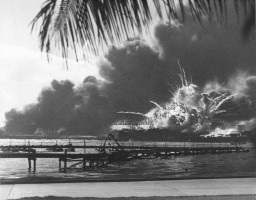
-
Railcar: Interior
ArtifactMany different kinds of railway cars were used for deportations. They varied in size and weight. The railway car on display in the United States Holocaust Memorial Museum's Permanent Exhibition is of just one type used. The dimensions of the railway car in the Museum's exhibition are as follows: Total length 31 feet 6 inches (9.6 meters); interior space for deportees 26 feet 2 inches (8 meters). Total height 14 feet (4.3 meters) from the bottom of the wheel to the highest point of the car; interior space…
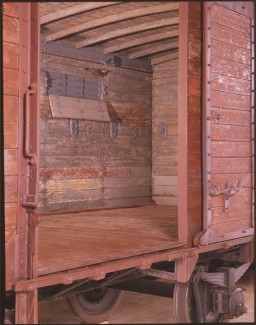
-
Valises by the railcar in the Museum's Permanent Exhibition
ArtifactMany different kinds of railway cars were used for deportations. They varied in size and weight. The railway car on display in the United States Holocaust Memorial Museum's Permanent Exhibition is of just one type used. The dimensions of the railway car in the Museum's exhibition are as follows: Total length 31 feet 6 inches (9.6 meters); interior space for deportees 26 feet 2 inches (8 meters). Total height 14 feet (4.3 meters) from the bottom of the wheel to the highest point of the car; interior space…

-
Portrait of Herschel Grynszpan
PhotoPortrait of Herschel Grynszpan taken after his arrest by French authorities for the assassination of German diplomat Ernst vom Rath. Grynszpan (1921-1943?). Born in Hannover, Germany, was the son of Polish Jews who had immigrated to Germany. In 1936 Grynszpan fled to Paris. On November 7, 1938, after having learned of the expulsion of his parents from Germany to Zbaszyn the Polish frontier, Grynszpan assassinated Ernst vom Rath, the third secretary of the German embassy in Paris. The diplomat's…
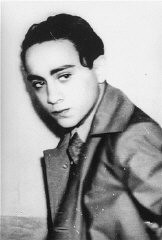
-
World War II in the Pacific
ArticleThe United States declared war on Japan on December 8, 1941, following the attack on Pearl Harbor. Learn more about World War II in the Pacific.
